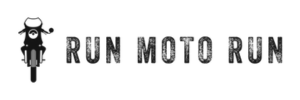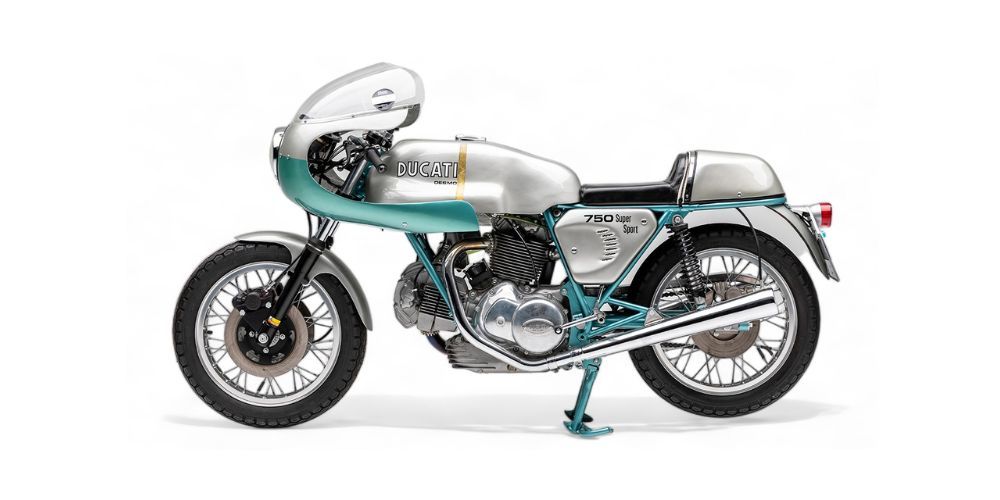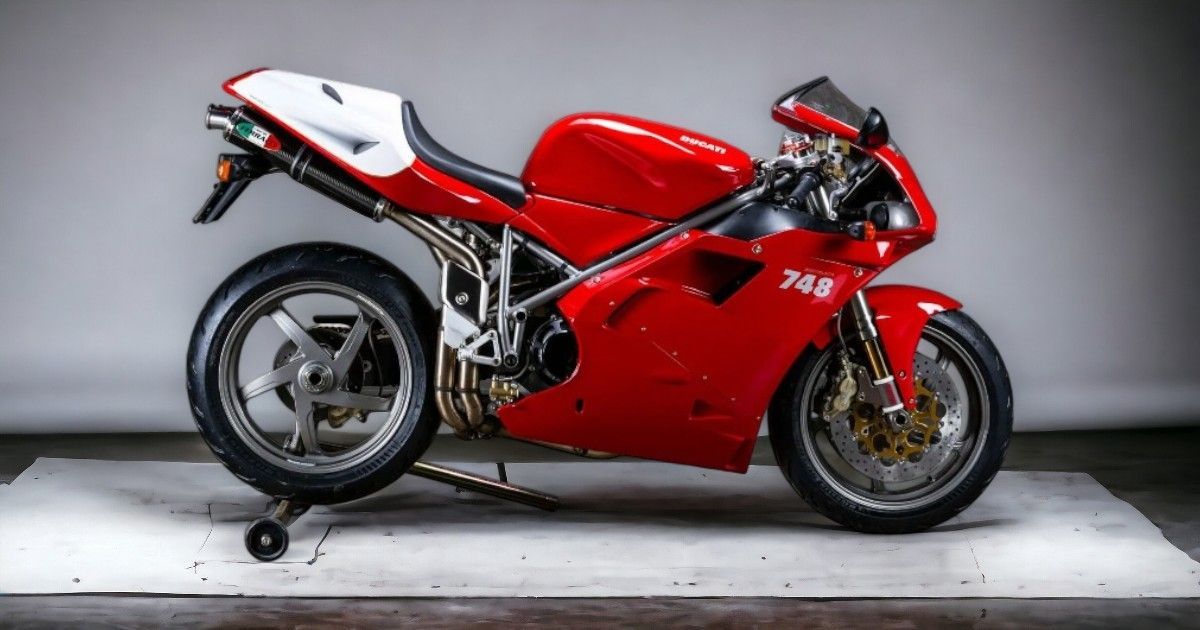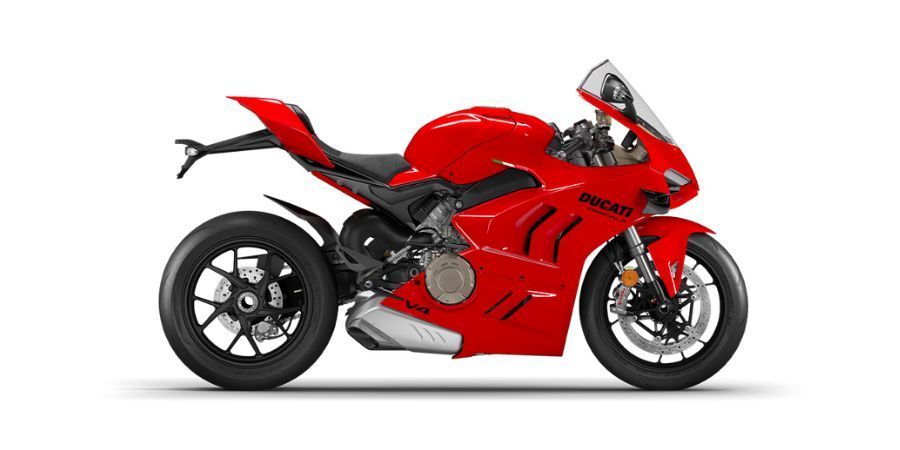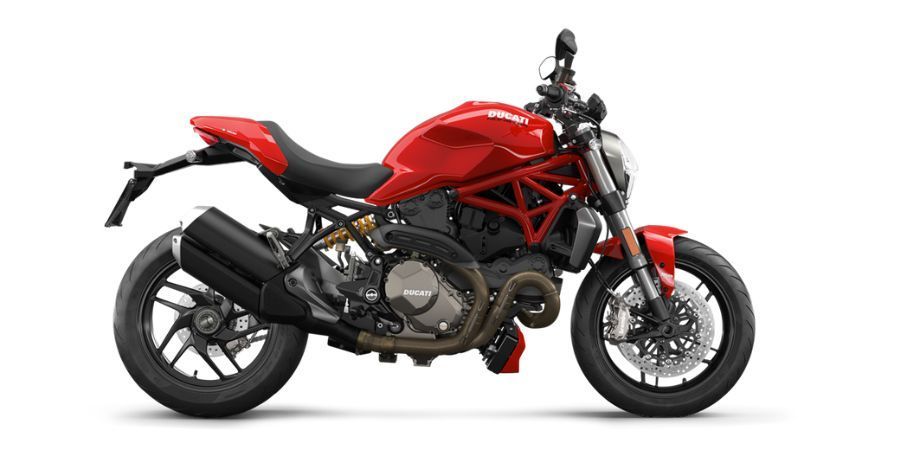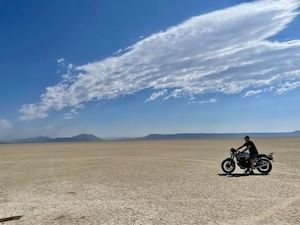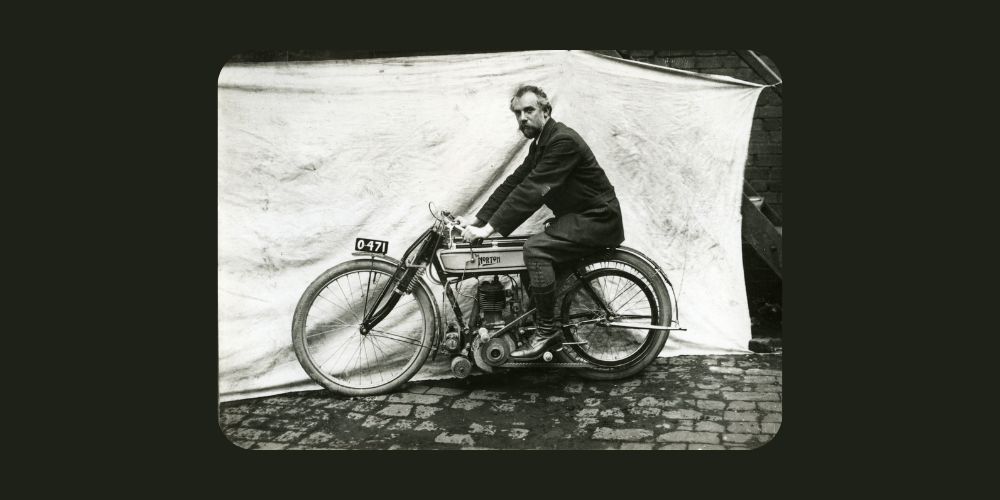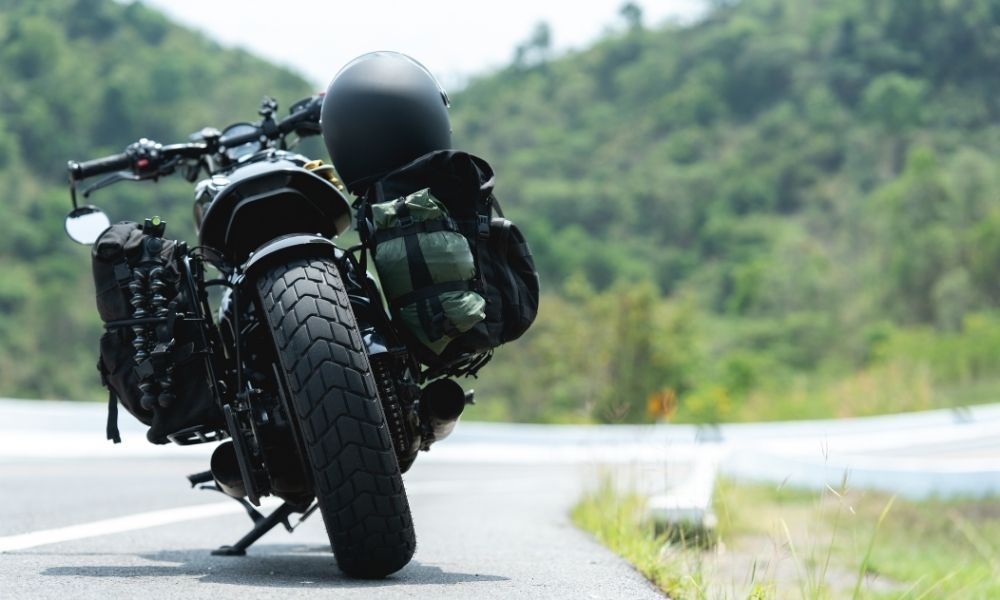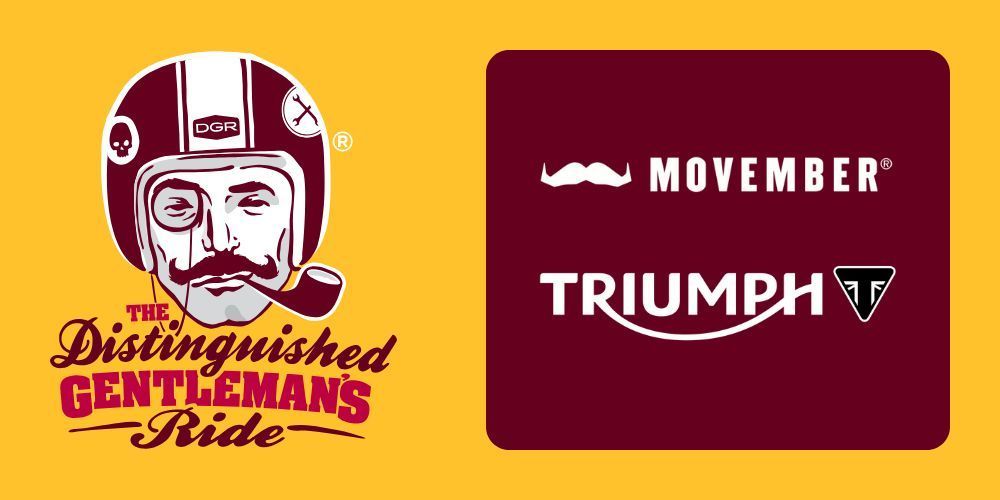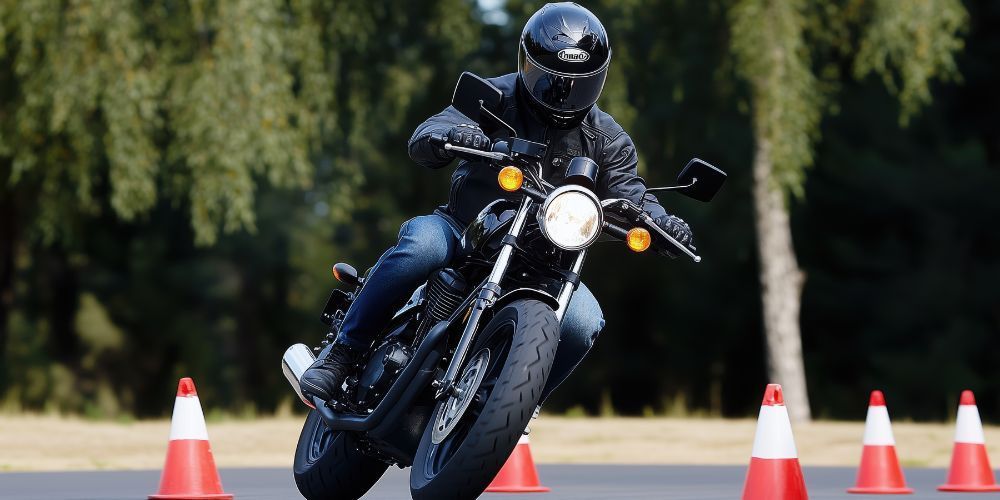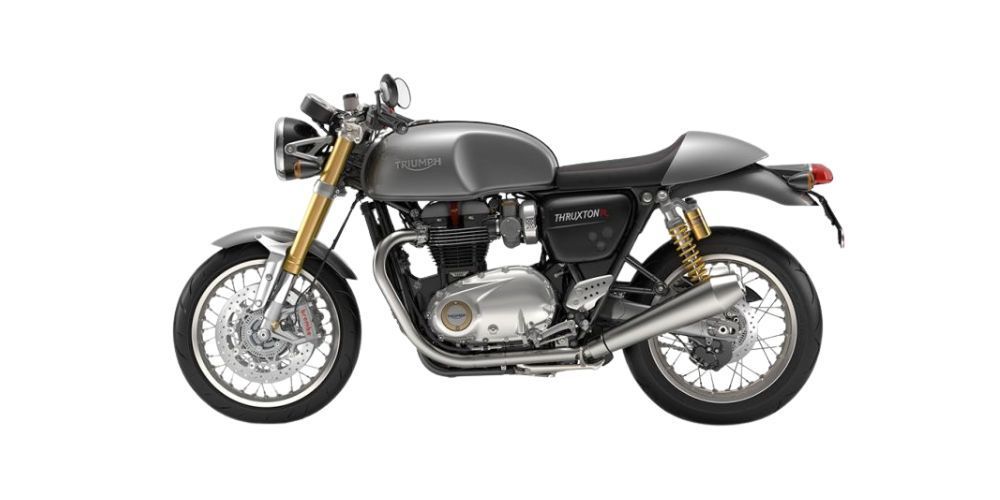Adriano, Bruno, and Marcello Cavalieri Ducati
From the Manens to the Cucciolo
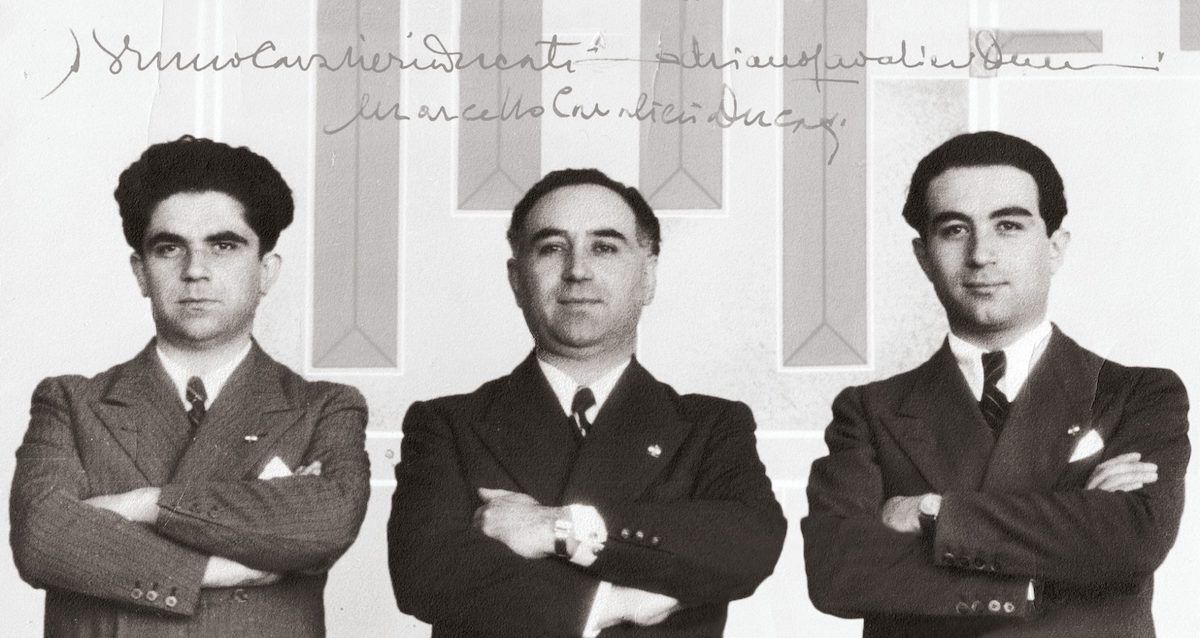
When Adriano, Bruno and Marcello Cavalieri Ducati founded their "Società Scientifica Radio Brevetti Ducati” in Bologna in July 1926, with the support of their father Antonio Cavalieri Ducati, their aggregate age didn’t even reach fifty years. And probably they didn't even imagine that their small radio equipment business would be destined to become one of the most acclaimed motorcycle brands of the world.
Driven by the enthusiasm generated by the technological discoveries of the famous Guglielmo Marconi, Nobel Prize winner and the father of radio transmission, also from Bologna Italy was the spark to get things started.
In 1922 Adriano Ducati, a nineteen year-old physics student, was leading a number of experiments on a new science focused on radio transmission and its practical applications. On January 15, 1924 he managed, with the equipment he himself fad fashioned, to make radio contact with the United States from his home in Bologna: quite a remarkable feat for the time.
This marked the beginning of the Ducati journey.
The production of capacitors and electronic components like their condenser called Manens was followed in the coming years by the establishment of a large research department in support of the electronics, optics and mechanics sectors, leading to the production of cameras, lenses, cash registers and electric razors.
While Adriano was the technical and scientific mind of the company, Bruno was its Administration and Finance Director.
In 1934 on May 7th, during the “1st Italian Radio-technicians Conference” held in Bologna Italy, Guglielmo Marconi visited “Società Scientifica Radio Brevetti Ducati” in its headquarters of Viale Guidotti 51: it was a memorable day for the Ducati brothers. After over two hours, before leaving the premises Marconi gave his hosts a signed photograph, which is still preserved today.
In 1935, given the fast growth of the company, a 120,000sqm plot was purchased in Borgo Panigale, in the north-east outskirts of Bologna. On June 1st of that year, before the city authorities, the first stone was laid for the current factory located in Via Cavalieri Ducati 3, which was designed by Bruno Cavalieri Ducati himself.
For his accomplishment, in 1939 Bruno was appointed “Cavaliere del Lavoro”.
The day after the armistice of World War II, on September 9, 1943 at 9 in the morning, 20 German tanks stopped before the Ducati plant in Borgo Panigale while machine gun-toting soldiers surrounded the area. A seemingly endless tragedy was about to start for the Ducati brothers and their company. Right there, before a 30,000sqm factory with 6,000 employees and 4,000 machine tools, the German High Command gave the order to transfer everything, men and machines alike, to Germany.
Without any help other than the courage of their workers, at night the Ducati brothers managed to move many machines and part of the raw materials to secret locations using trucks, carriages and manually, putting their own lives in great peril. These efforts did not pay off: on October 12, 1944 squadrons of Allied bombers bombed the Ducati factory into rubble.
The attempts to rebuild the company were hindered after the war by serious financial problems: on December 1, 1947, “Società Scientifica Radio Brevetti Ducati” filed for bankruptcy. Up until 1948, the year in which the company was bought by FIM (Fondo Industrie Meccaniche) and IMI (Istituto Mobiliare Italiano), Bruno Cavalieri Ducati remained the Administration and Finance Director. After that date the whole stake moved into the hands of the State.
In the meantime, right after the war, a huge reconstruction process was launched: the Mayor of Bologna, Giuseppe Dozza, gave the Ducati brothers 12 trucks he had received from Allied forces to clear the bombed factory site from the rubble.
The time was ripe to look for new solutions by diversifying the production.
In 1946 the Cucciolo came out from Borgo Panigale; the first engine manufactured by Ducati was the forefather of the entire production that followed. The Cucciolo was an innovative product for the motorcycle industry of the time: no one before had had the brilliant idea of combining an engine and a bicycle frame.
It was clear that the very challenging post-war economic conditions would have prevented most people from being able to afford more expensive vehicles, not just because of the price but also because finding fuel was quite difficult: hence the need of ensuring very high mileage.
This could be accomplished only with a small, four-stroke engine, suitable to adapt to various types of fuel thanks to a low compression ratio (in comparison with its competitors, the Cucciolo was more powerful and had incredible mileage: 100km with a litre of fuel under ideal conditions).
This model was so successful that this product became the cornerstone to the company’s recovery.
The motorcycling days of Ducati were dawning - its success is now part of history.
In 1998 Bruno Cavalieri Ducati was named Honorary President of Ducati Motor Holding S.p.A. A few months before dying, on March 30, 2001, he wrote a letter to the former Ducati employees from the 1930s, the true golden age for the Bologna-based company. In truth, the message was meant for all those who had contributed to the success of Ducati across its long history.
Read about the rich history in racing and cutting edge motor designs -
History of Ducati,
10 Facts about the Ducati Monster,
25 Interesting Facts about Ducati, or the history of the
Ducati logo.
About the Author
William Flaiz, passionate about European motorcycle brands, shares his expertise and stories on RunMotorun.com. He offers detailed insights and reviews, aiming to educate both seasoned enthusiasts and newcomers. Flaiz combines personal experience with thorough research, welcoming visitors to explore the rich world of European motorcycles alongside him.
